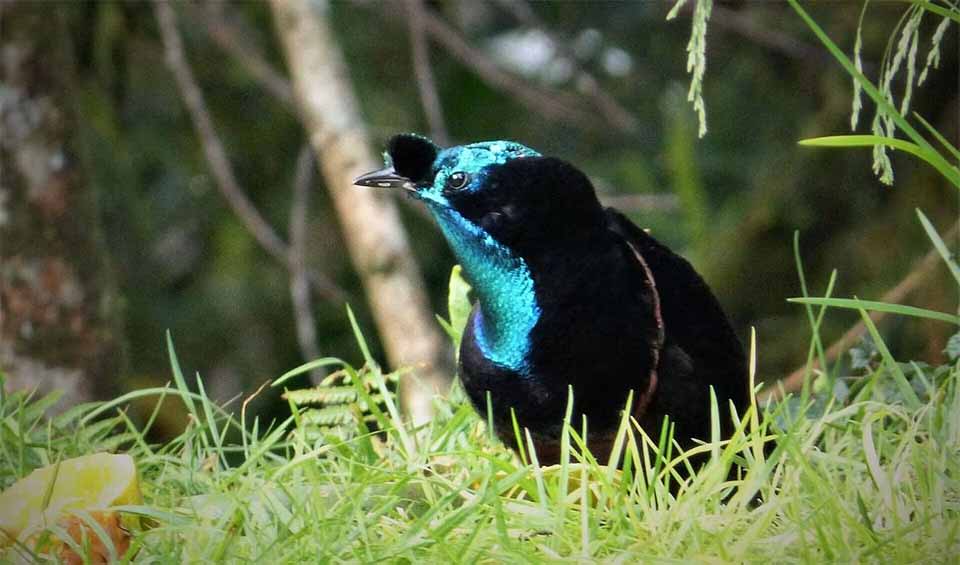Astrapia
These indigenous New Guinea birds of paradise have long tails smaller in females than in males
A genus of birds of paradise endemic to the island of New Guinea, which is a fascinating subject of study for ornithologists and evolutionary biologists alike. With a rich evolutionary history spanning approximately 6 million years, Astrapia species are closely related to those in the genus Paradigalla, forming an intricate web of avian diversity in the region.
One of the most captivating aspects of Astrapia birds is their elaborate courtship displays, which have evolved over millennia as a means to attract mates. Male Astrapia birds engage in a variety of intricate behaviors during courtship, ranging from hopping between branches to performing acrobatic somersaults. These displays often involve the flaunting of their brightly colored plumage and elaborately adorned tails, which serve as visual cues to potential mates. In contrast, female Astrapia birds typically exhibit more subdued plumage, providing an intriguing contrast in the evolutionary dynamics of sexual selection.
The study of Astrapia birds offers valuable insights into the mechanisms of evolution and adaptation in response to environmental pressures. Evolutionary biologists are particularly interested in unraveling the genetic and behavioral factors that have shaped the unique characteristics of these birds over time. By studying their morphology, behavior, and courtship displays, researchers can gain a deeper understanding of the intricate interplay between genetics, ecology, and social dynamics in avian evolution.
Furthermore, the habitat of Astrapia birds, which encompasses the lush rainforests and montane regions of New Guinea, presents a treasure trove of opportunities for scientific exploration and discovery. With vast areas of pristine wilderness yet to be fully explored, there is still much to learn about the ecology, behavior, and conservation needs of these enigmatic birds.
Species in this genus
Stephanies astrapia
The velvety black bird of paradise


